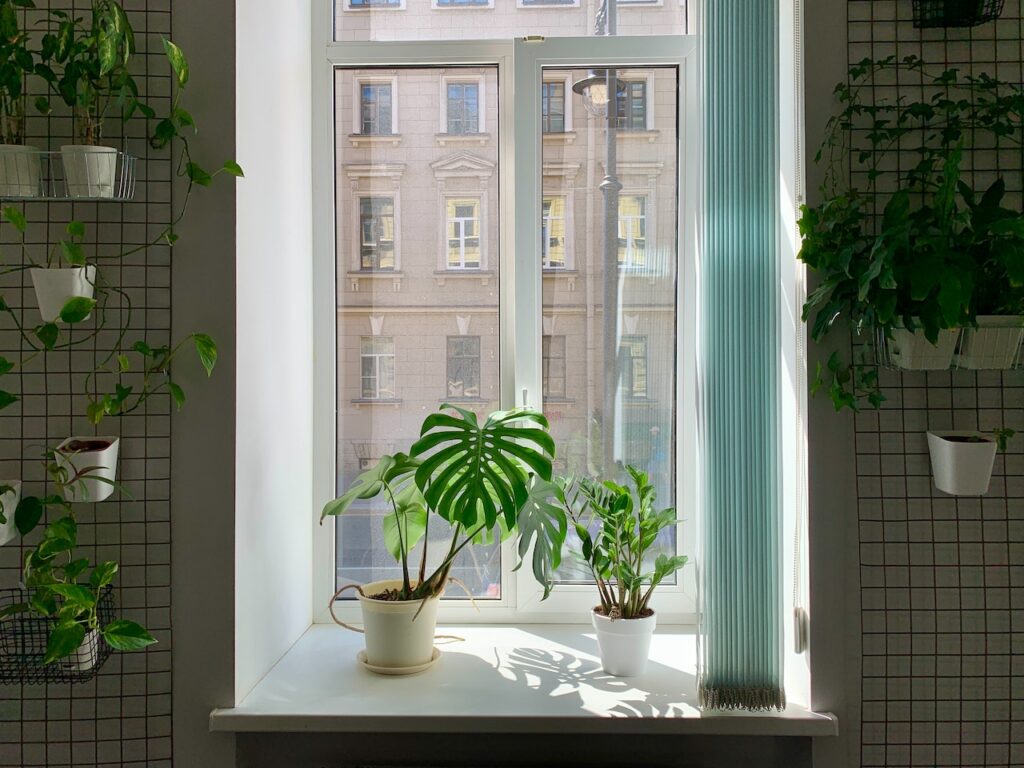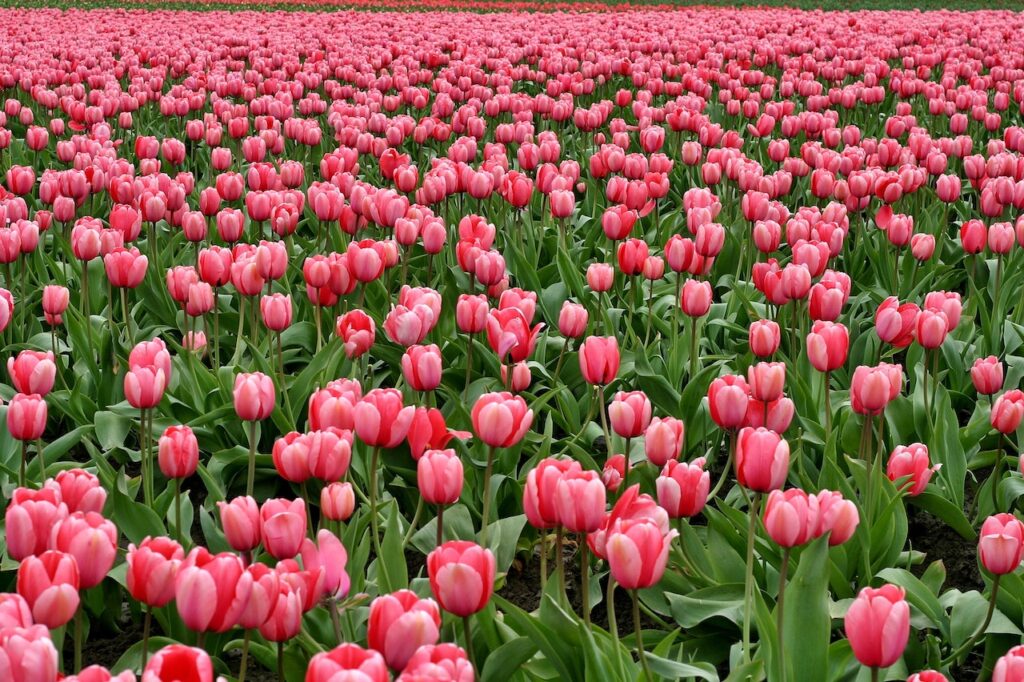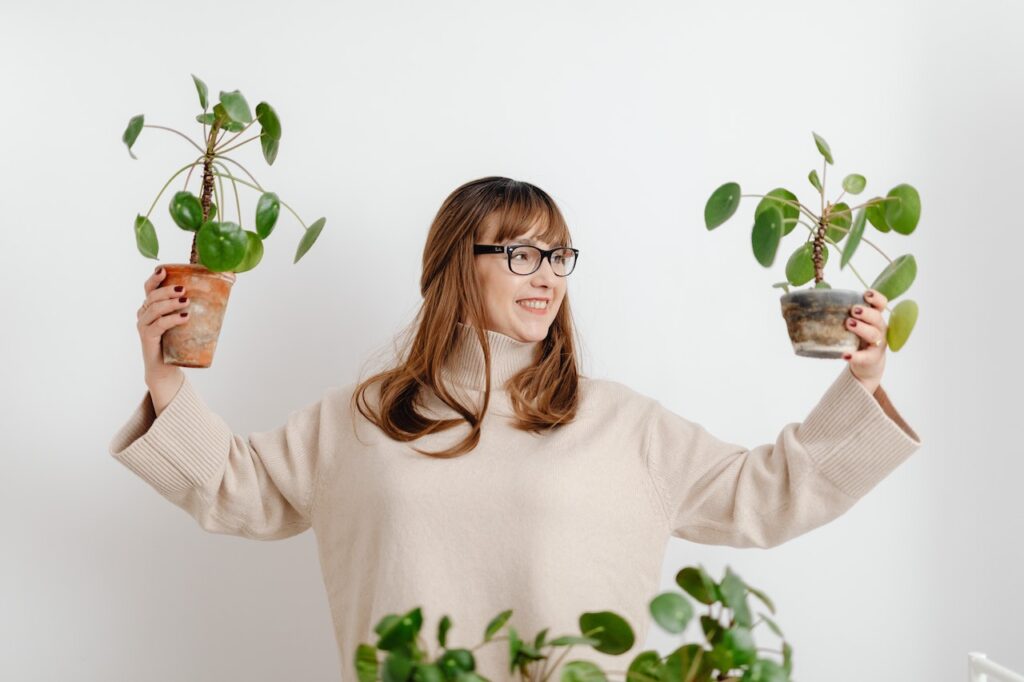When it comes to growing plants, one of the most important factors to consider is light. Different types of plants have different light requirements, and understanding these requirements is key to keeping your plants healthy and thriving. In this complete guide on plants’ light requirements, we’ll cover everything you need to know about how much light your plants need, how to measure light, and which plants are best suited for different levels of light.
Understanding Light
Before we dive into the different light requirements of plants, it’s important to have a basic understanding of light itself. Light is made up of different wavelengths, each of which corresponds to a different color. The visible spectrum of light ranges from violet to red, with blue and red light being the most important for plant growth.
Plants use light to power photosynthesis, the process by which they convert carbon dioxide and water into glucose and oxygen. In order to carry out photosynthesis, plants need chlorophyll, a pigment that absorbs light. Chlorophyll is most effective at absorbing blue and red light, which is why these wavelengths are so important for plant growth.
Measuring Light
In order to determine how much light your plants are receiving, you’ll need to measure the light intensity. This is typically measured in foot-candles, which is a unit of measurement that describes the amount of light falling on a surface. A foot-candle is equal to the amount of light produced by a candle at a distance of one foot.
To measure light intensity, you can use a light meter. These devices are available in both analog and digital versions and are relatively inexpensive. Simply place the light meter at the level of the plant’s leaves and record the reading.
Another way to measure light is to use your smartphone. There are several apps available that use your phone’s camera to measure light intensity. While these apps may not be as accurate as a dedicated light meter, they can give you a good idea of how much light your plants are receiving.
Finally, you can also use this simple and inexpensive, though less accurate, method to determine the best spot for a plant:
- Stand in the location where you want to place the plant, preferably in the middle of the day when the sun is strongest.
- Facing the nearest window, extend your hand in front of you.
- If you feel the warmth of the sun on your hand, that spot has bright light.
- If you see light on your hand but don’t feel any warmth, that spot has medium light.
- If your hand is mostly in the shade, that spot has low light.
Can Plants Absorb Artificial Light?
If you are wondering whether plants can absorb artificial light, the answer is yes – plants can absorb any visible light. However, a standard lightbulb won’t generate enough light for your plants to thrive.
If you plan on keeping plants in a room with little to no natural sunlight, you can opt for LED grow lights. These lights provide artificial light that is strong enough to keep plants healthy and happy.
Signs that indicate your plants are not getting enough light:
- ‘Leggy‘ growth – the plant is growing tall but not producing many leaves. This is because plants lacking light try to grow vertically, searching for more sun.
- Pale leaves – especially evident in colourful plants like Calatheas, which will fade without adequate light.
- Dropping leaves – the plant may drop leaves to conserve energy in low light conditions.
- Yellow leaves – a general sign of a plant’s unhappiness that can result from insufficient light.
Understanding Plants’ Light Requirements
Now that you understand the basics of light and how to measure it, let’s take a look at the different light requirements of plants.
Full Sun Plants
Plants that require full sun need at least six hours of direct sunlight each day. These plants include vegetables like tomatoes, peppers, and cucumbers, as well as many herbs like basil and rosemary. Full sun plants are typically grown outdoors in a garden or on a balcony or patio.
Partial Sun Plants
Plants that require partial sun need three to six hours of direct sunlight each day. These plants include many popular houseplants like pothos, spider plants, and peace lilies. They also include some vegetables like lettuce and spinach, as well as many herbs like mint and parsley.
Full Shade Plants
Plants that require full shade need less than three hours of direct sunlight each day. These plants include many ferns, as well as some groundcovers like creeping jenny and ajuga. Full shade plants are typically grown in areas with no direct sunlight, like under trees or on the north side of a building.
Partial Shade Plants
Plants that require partial shade need three to six hours of indirect sunlight each day. These plants include many flowering perennials like hostas and bleeding hearts, as well as some vegetables like broccoli and cauliflower.
Indoor Plants
Indoor plants have a wide range of light requirements, depending on the species. Some plants, like succulents and cacti, require bright, direct sunlight, while others, like snake plants and pothos, can tolerate low-light conditions. It’s important to research the light requirements of your specific indoor plants and place them in an appropriate location in your home.
Signs that indicate your plants are getting too much light:
- Burn marks – usually visible on the leaf tips, burn marks will appear scorched rather than just shriveled. Don’t confuse this with dry leaves.
- Wilting or dry leaves – while wilting can also be a sign of underwatering, it can also indicate that the plant is getting too much sun. If the leaves look dry and brittle, this can also be a sign of overexposure.
If you notice any of these signs, it’s important to move the plant out of direct sunlight and provide it with some shade. You can also consider using sheer curtains, shade cloth, or moving the plant to a location with less direct sun exposure. Remember that some plants, such as succulents, cacti, and tropical plants, can handle more direct sunlight than others. It’s important to research the specific light requirements of your plants to provide them with optimal growing conditions.
In conclusion, understanding the light requirements of your plants is crucial in ensuring their growth and overall health. With this guide, you can now categorize your plants based on their light needs and place them in areas where they can receive the right amount of light they require.



